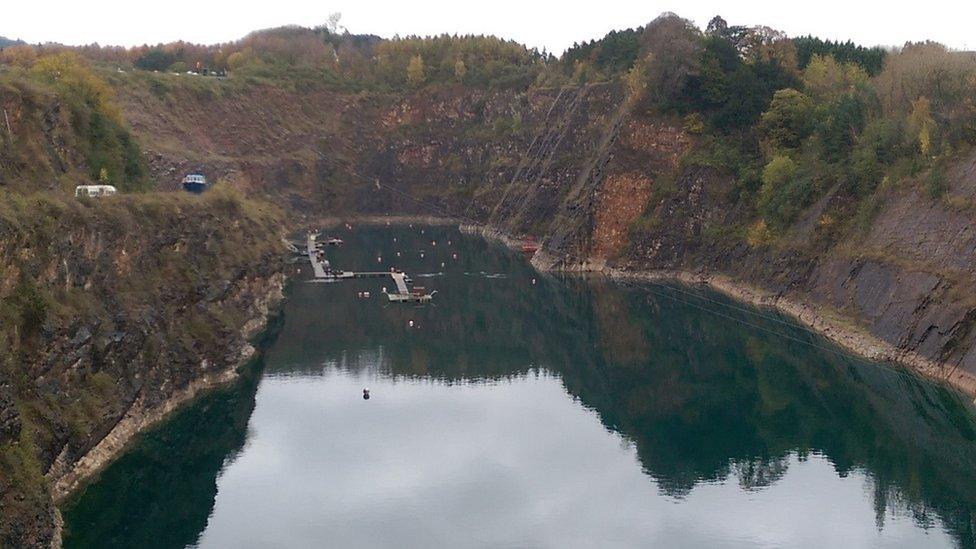Soldier's dive death due to 'systematic failures', family claims
- Published
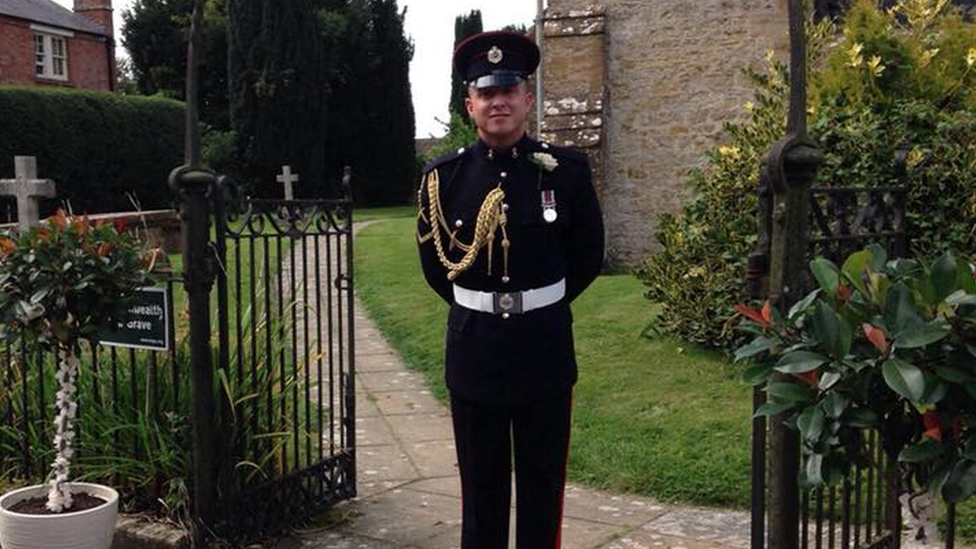
L/Cpl George Partridge was described as an "exemplary soldier" by his commanding officer
The family of a soldier who died in a diving accident during an army course claim "systematic failures" led to the tragedy.
L/Cpl George Partridge died on 26 March at the National Dive Centre in Tidenham, Gloucestershire.
A coroner was told the family believed deep-water diving was dangerous and "sufficient controls should be put in place" to minimise risks in the course.
County coroner Katy Skerrett has ruled the inquest will be held before a jury.
Seven deaths at the centre have been reported by the BBC since 2004.
It is the UK's deepest inland dive site where people can swim to depths of 76m (249ft).

The National Diving and Activity Centre is a large flooded quarry at Tidenham, Gloucestershire
The 27-year-old, whose wife was expecting their first child at the time, was based with 26 Engineer Regiment in Wiltshire.
At a pre-inquest review at Gloucester coroner's court, legal representations were heard on behalf of the family claiming controls to minimise risks "should be put in place".
"It shouldn't have happened but it has and it is felt there were systematic failures which led to this tragic accident," the coroner heard.
Mrs Skerrett said the inquest would be held in front of a jury next year.

National Dive Centre
The National Diving and Activity Centre is a large flooded quarry at Tidenham in Gloucestershire, near Chepstow in Monmouthshire.
It was formerly Dayhouse Quarry, a source of limestone, which was flooded in 1996.
The diving centre, which opened in 2003, is described as an inland scuba diving site and is popular with technical and free divers.
There have been several diving fatalities at the 80m (260ft) deep lake.

L/Cpl Partridge joined the Army in June 2010 at the age of 19.
His first years were spent at 21 Engineer Regiment in Ripon, north Yorkshire, where he qualified as a Class 1 Royal Engineer Driver and was deployed to Afghanistan.
He also served in Canada after being promoted to 26 Engineer Regiment.
- Published2 April 2018
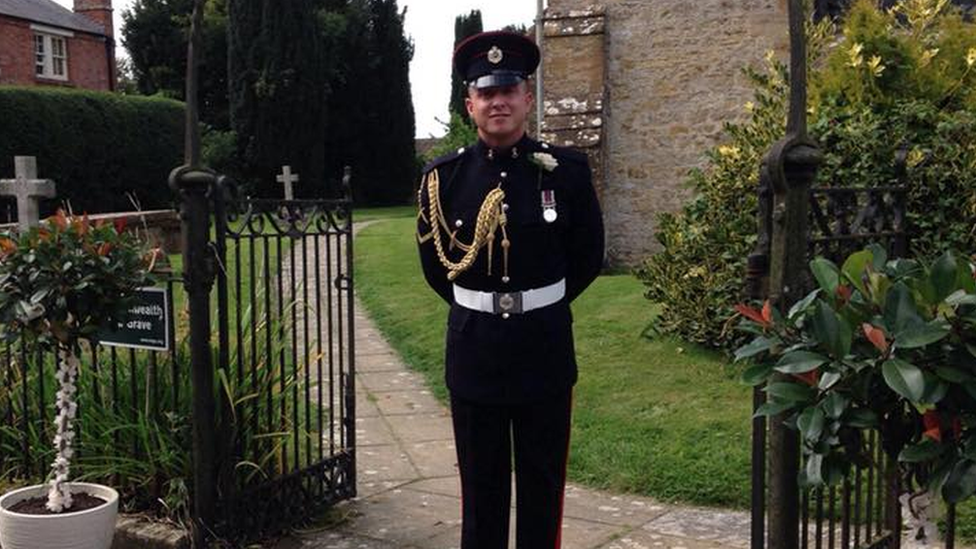
- Published17 November 2014
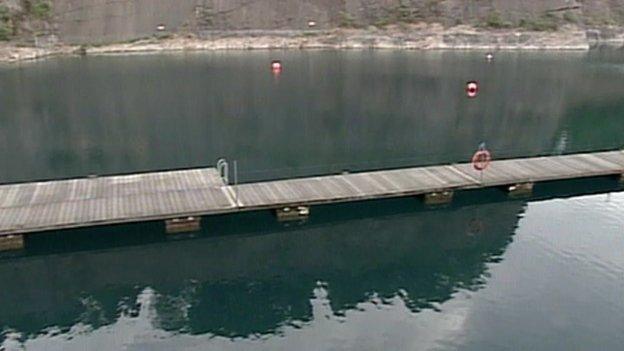
- Published28 April 2011
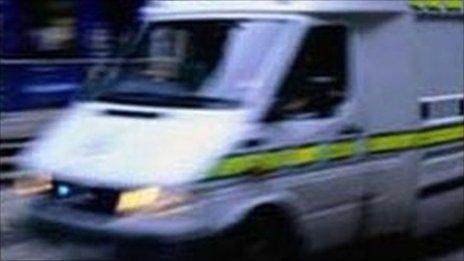
- Published14 January 2016
